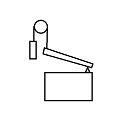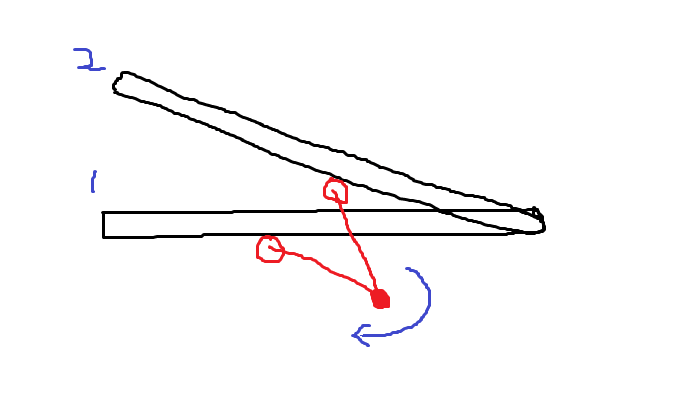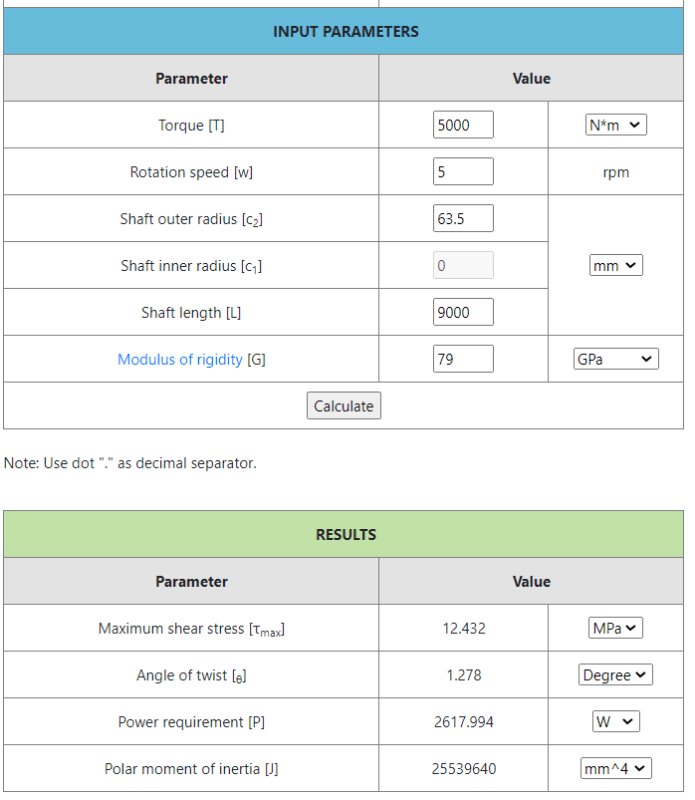Good Day to you all,
I have a project where I have to convert a table which is currently fixed with the top at about a 25 degree angle with the horizontal to one which can be flat or 25 degrees.
I'm still at the early stages of design and don't know the exact weight of the top but it's about 18.3m long and 1.5m wide made out of 1.5" (38mm) square tube. I'm assuming 1 metric ton (overestimate) as the table has a glass top + a motorised cart working on top of it.
My biggest concern is how to make it change the angle using a manual method. The customer doesn't want it powered.
As it's quite long, I am concerned about how tolerance stack will contribute to the level of the table across the length when lifted.
I'm planning on resting it on supports when flat so the straightness of the tabletop when flat shouldn't be a problem.
Below is a rough model showing the two positions. I initially thought of using my own screw jack setup but I'm wondering if there is a more economical and effective method instead?
Looking forward to seeing what other ideas you might have to achieve this.
Cheers,
RN
RN
I have a project where I have to convert a table which is currently fixed with the top at about a 25 degree angle with the horizontal to one which can be flat or 25 degrees.
I'm still at the early stages of design and don't know the exact weight of the top but it's about 18.3m long and 1.5m wide made out of 1.5" (38mm) square tube. I'm assuming 1 metric ton (overestimate) as the table has a glass top + a motorised cart working on top of it.
My biggest concern is how to make it change the angle using a manual method. The customer doesn't want it powered.
As it's quite long, I am concerned about how tolerance stack will contribute to the level of the table across the length when lifted.
I'm planning on resting it on supports when flat so the straightness of the tabletop when flat shouldn't be a problem.
Below is a rough model showing the two positions. I initially thought of using my own screw jack setup but I'm wondering if there is a more economical and effective method instead?
Looking forward to seeing what other ideas you might have to achieve this.
Cheers,
RN
RN



